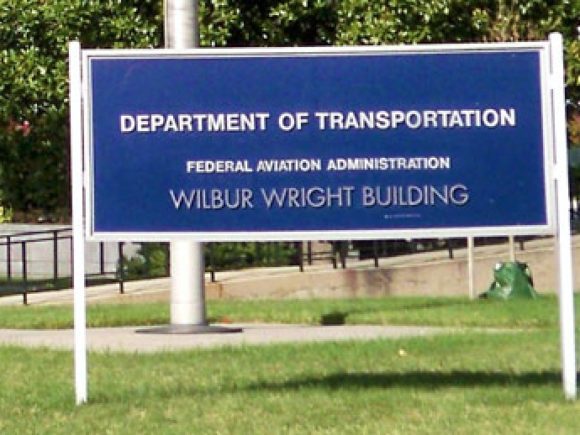Here’s a fascinating unfolding story – Boeing says there is no customer “pushing us to re-engine”. The story, by Seattle P-I’s Aubrey Cohen, also links to a story by Bloomberg that speaks pretty clearly about how Boeing’s two major 737 customers feel. Based on what we heard at Southwest’s Media Day last week, it appears to us there is a disconnect between Boeing and a key customer.
What is going on and is there a disconnect?
We have been posting stories about re-engine programs for some time, and even prepared a special report on this subject in 2009. Given a weakening US dollar and consequent rise in the (US$) price of fuel, airlines are watching this issue with rising concern. If there was marginal interest in 2009, there is going to be great interest in 2011. The brush with $140 oil taught a harsh lesson. Only the foolish are going to get caught again.
We have posted on the re-engine situation with Airbus and its NEO. Behind this entire process is the disruptive P&W geared fan engine, which started the latest re-engine wave. CFM’s LEAP-X is a bit further out, but coming in 2016, CFM says.
Airbus is closest to a re-engine offering because it its A320-family works more easily with the new engines, which have much bigger fans, suiting its greater ground clearance compared to the 737. Followers of the industry know that this is a very high stakes effort for Airbus and Boeing.
Delays in the re-engine go ahead decision provides more time to decide on whether to pursue totally new designs. Such a process is attractive but awfully expensive -and come at the wrong time for both firms as they try to get delayed programs delivered. These delays mean constrained human and financial resources.
Delays in the re-engine decision also provides time for new entrants – like Bombardier and Embraer as well as emerging players in China, Russia and Japan. Of these, the biggest beneficiary of delayed re-engine programs at Airbus and Boeing is Bombardier, which is closet to having a credible alternative.
Given this backdrop, one can see that the apparent disconnect between what Boeing and its key customers say is potentially a big deal. Obfuscation is a well-used tool in this battle. Airbus and Boeing need to sow uncertainty in order to slow or upset any swing in favor of Bombardier. Confusing messages also serve to slow down any thinking at Embraer, which apparently is now reviewing (again) its planned update to its E-Jets as well as consider a new program.
Airbus was expected to announce its re-engine program in October, but concern about human resources was cited as a reason to slow down and review this. Almost certainly Boeing’s reluctance re-engine was influential in giving Airbus pause.
The key focus however remains on Boeing; it has two very important customers in Ryanair and Southwest. Both airlines have been publicly vocal about what they want which is a more efficient airplane than the 737NG. Boeing seems to be interpreting this message that a re-engine program in insufficient, claiming a re-engine program will not provide enough economic improvement compared to a clean sheet approach.
This makes sense for Boeing as it would be reasonable to assume Ryanair and Southwest are unlikely to switch from Boeing with whom they have a long term relationship. A switch to anything other than the 737 carries costs.
But if this turns into a game of chicken, and it might go that way, Boeing stands to lose a lot. If either of these two airlines switches to another airplane Boeing’s economies of scale will be impacted. Boeing has developed its 737 program into arguably the most efficient airplane production program ever. Who would want to disturb this program? It makes a lot of money and has a strong backlog that demonstrates customer confidence.
If there is a disconnect developing though, that carefully built 737 backlog may not be as secure. Boeing will squeeze even more efficiency out of its legendary 737, but will it be enough for Ryanair and Southwest? These two highly influential 737 customers seem to be saying that they don’t see it, and could look elsewhere. That would likely be in the direction of Bombardier, whose disruptive CSeries promises a 20% reduction in overall costs, similar to the 787 in the wide body arena.
Since January 2005, Ryanair and Southwest have taken delivery of 370 737s, making them the two largest customers for the airplane. And they have more on order.
Even if this disconnect is only a small fissure at this stage, it bears careful watching.




